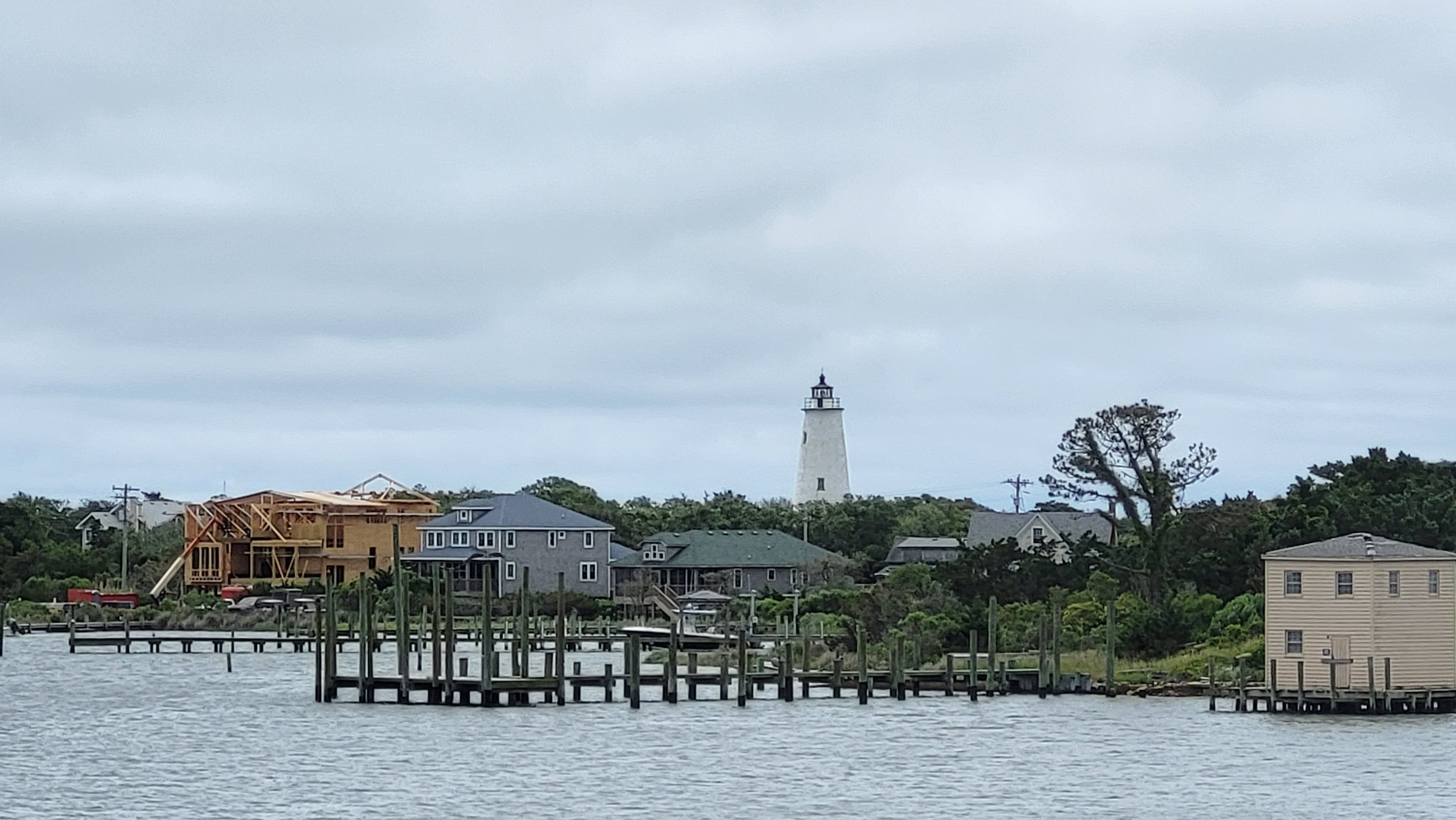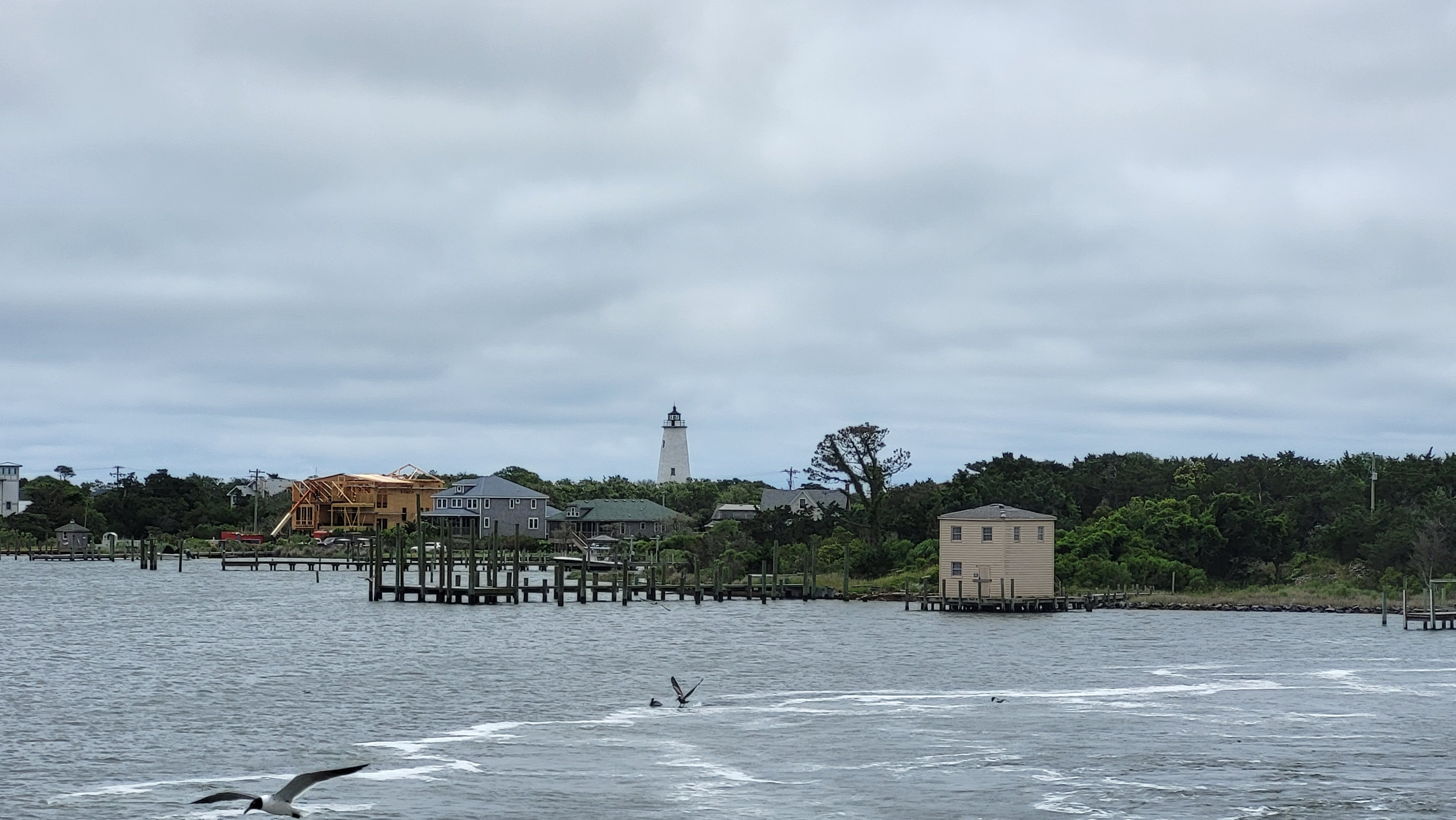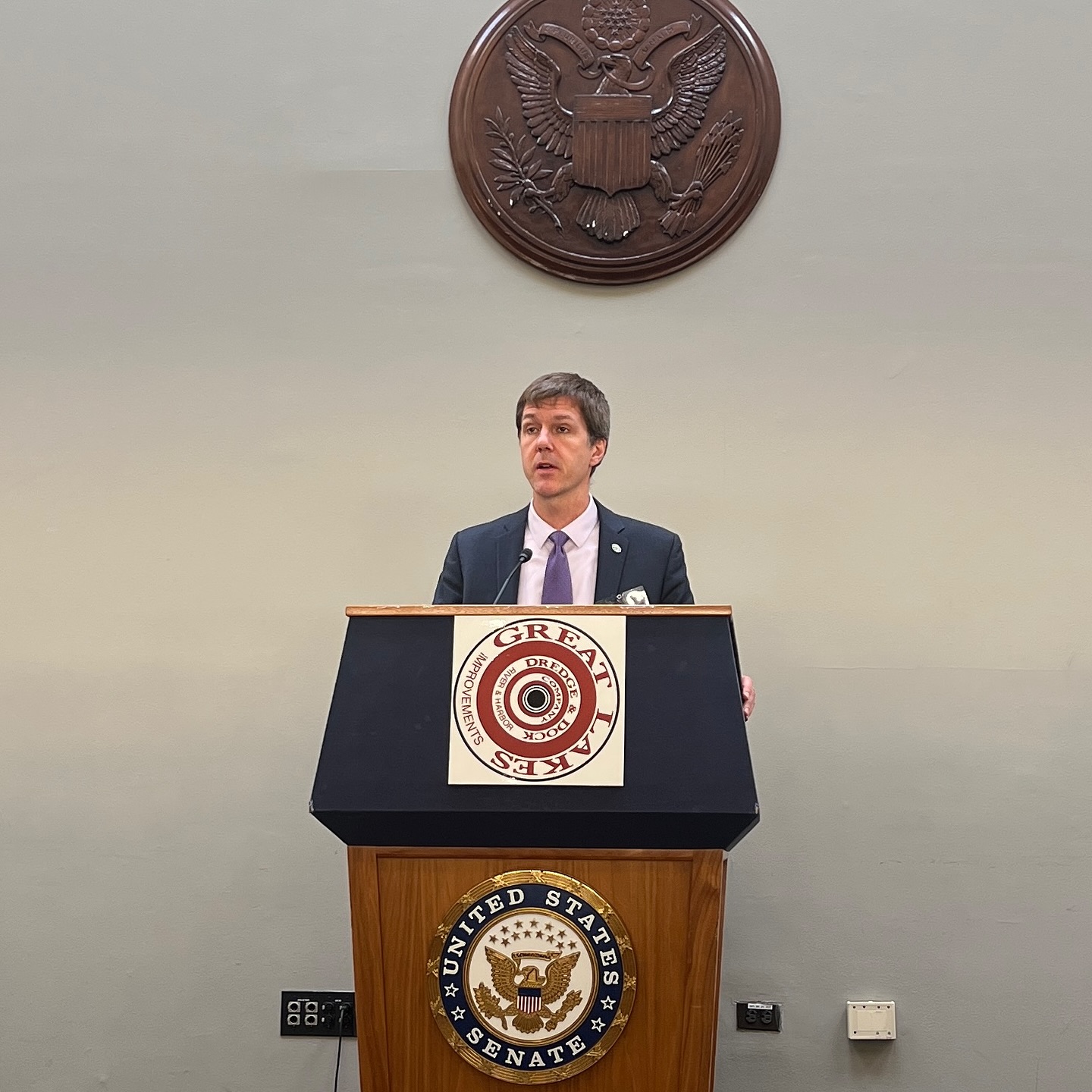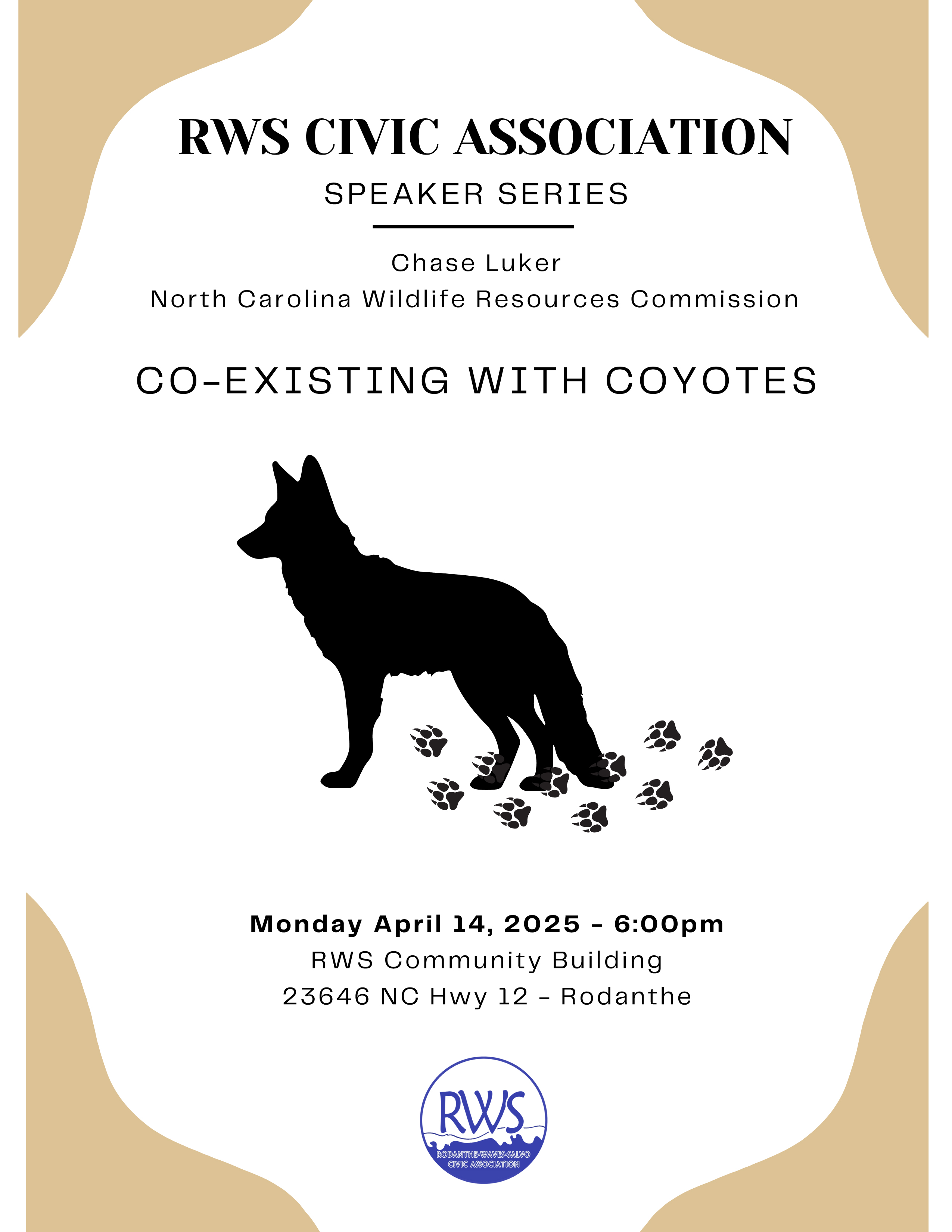Night Sky: Meteor Showers, Mars, and other Highlights for November
November offers great view of Mars!

Mars is the fourth planet from the sun. That means it’s between us and Jupiter, but the average distance from Earth to Mars is about 44 million miles, while the distance from Mars to Jupiter is 342 million miles.
Mars has a diameter that’s about one half of Earth’s. That makes it the second smallest planet in the solar system. Only Mercury is smaller than Mars. (If you’re old like me, remember – Pluto is no longer counted as a planet!)
Mars’s day is just a little longer than Earth’s, but its year is about twice as long as ours. Its atmosphere is predominantly carbon dioxide with some nitrogen and traces of oxygen and water. It’s also very dusty, with microscopic particles of iron oxide suspended in the air. These dust particles give Mars its reddish color.
Almost everyone knows that Mars is named after the Roman god of war, but most people don’t realize that the Greeks, who preceded the Roman civilization, called it Ares after their god of war.
Mars has two moons: Phobos and Deimos. These names mean fear and terror, respectively.
What you can look for in November’s Night Skies
Venus continues as the “Morning Star!” With a visual magnitude of -4.2, you won’t confuse it with anything else. Look for Venus to rise over the ocean at 3:38 a.m. on November 1.
The evening skies still feature Jupiter, Saturn, Neptune and Mars, (in that order going from west to east). Both Jupiter and Saturn will be just a little west of Due South. Jupiter will start November about 30° above the southern horizon. Saturn will be slightly above and east of Jupiter. Pluto is between these two gas giants, but I don’t think anyone on the island is going to see it. Mars will be in the Eastern skies at sunset.
There are two major meteor showers in November. The Northern Taurids peak on November 5 and the Leonids peak on November 16.
The Northern Taurids appear to emanate from the constellation Taurus. This shower is famous for fireballs. You can expect about five shooting stars per hour! Peak viewing begins at midnight.
The Leonids peak about 11 days after the Taurids. You can expect to see about 15 shooting stars per hour. Like the Taurids, there is a good possibility of a fireball or two. As the name implies, the meteors appear to originate from the constellation Leo. Best viewing is around 5:00 a.m. Taurus, (and the meteors), will be about 60° above the eastern horizon.
Moon Phases:
1st Quarter is November 21
Full Moon is November 21
Last Quarter is November 8
New Moon is November 15
































